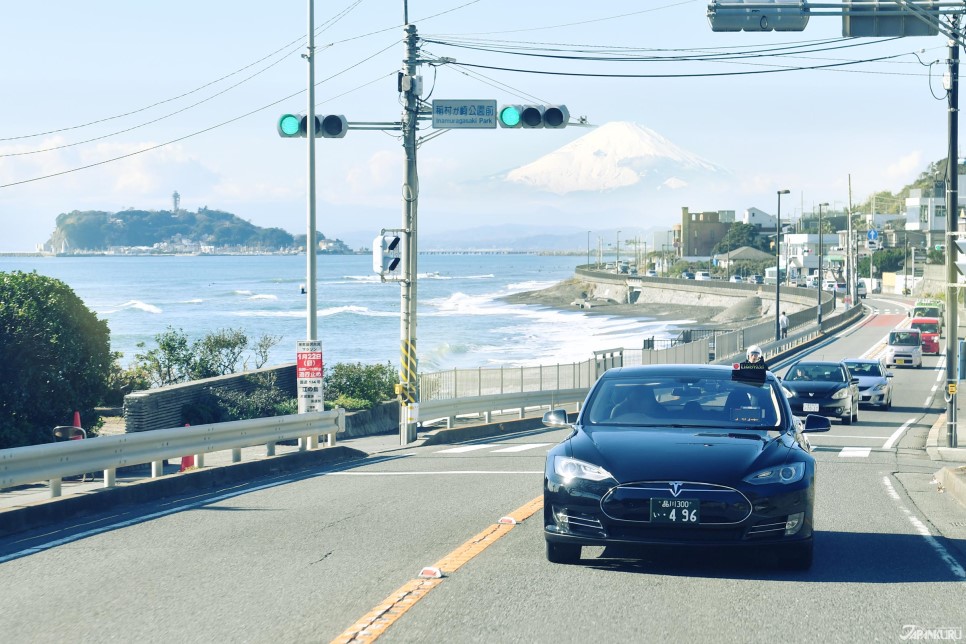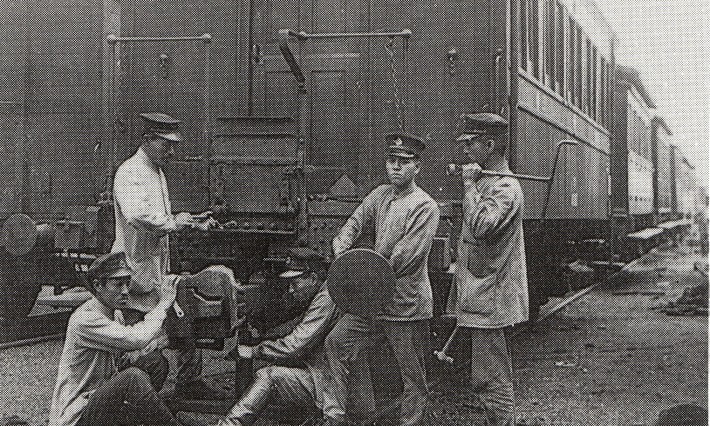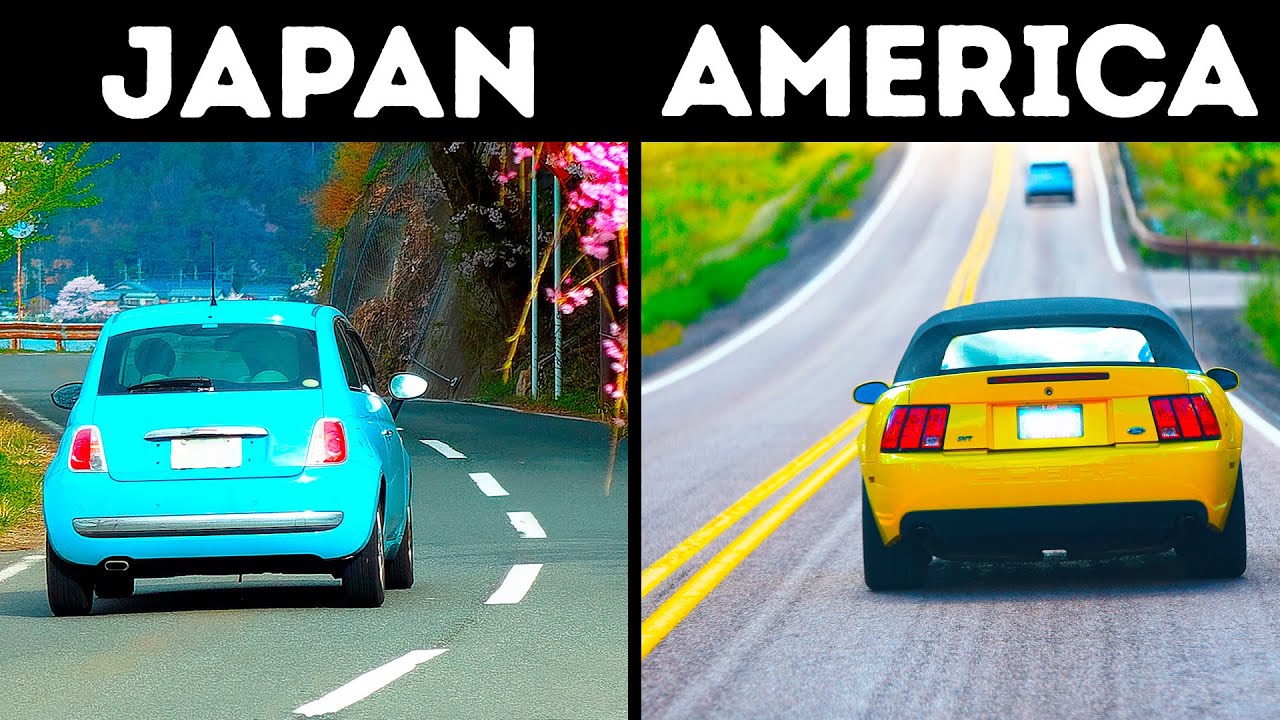Regarding “rules of the road,” we know that not all nations are created the same. It may be a little unnerving if you have never driven on the other side of the road. Contrary to popular belief, Japan drives on the left side of the road. Don’t be fooled by the right-side steering wheel! It’s crucial to be aware that driving in Japan is done on the left side if you are from America or any other nation where cars are driven on the right.

In comparison, 35% of people drive on the left side of the road, whereas around 65% of people drive on the right. Additionally, right-hand traffic is employed on around 90% of the world’s total length of roadways! In essence, This means that most drivers travel on the right side of the road.
However, driving is done on the left side of the road in Japan as well as in other nations like the UK, Australia, Thailand, etc. So, why does japan drive on the left? There surely must be a reason behind it. Let’s look into it!
Does Anyone Even Drive On The Left Side Of The Road?
Prior to the development of automobiles, practically everyone used the left side of the road to travel. It was only logical. Given that the majority of people use their right hand, swordsmen preferred to move to the left so that their right arm would be closer to a possible foe and their sword and scabbard would be farther away. The fact that the scabbard was worn on the left also helped to avoid unintentional duel-starting sword knocks between two individuals.

Samurai
Right-handed people also find it simpler to mount a horse from the left side, particularly if they are carrying a sword. On the side of the road as opposed to in the center, mounting and dismounting a horse is also safer. In this manner, they may avoid the traffic and eliminate the risk of colliding with or being struck by someone. As a result, it only seems sensible that if one mounts on the left, one should also ride on the left.
It seems reasonable that individuals would travel on the left during these periods for both of these reasons, so it’s not surprising. Farm supplies were first moved in wagons drawn by teams of horses in the late 1700s by some cunning teamsters. The “driver” of these wagons sat atop the left-rear horse because they lacked seats. This made it simple for them to lash all the other horses.
Once more, this made sense because most individuals are right-handed. They wanted everyone to pass on the left so everyone could more easily ensure that the wagons didn’t collide because they sat on the left, exactly like the majority of countries do in their vehicles today. The wagons were maintained on the right side of the road as a result.

In Paris, a keep-right etiquette for all was established in 1794. This practice was later expanded over most of Europe by Napoleon’s conquests. Naturally, nations that opposed Napoleon opposed right-hand driving as well. To spite Napoleon, Portugal, the Austro-Hungarian Empire, and Britain all continued to drive on the left.
Europe’s left- and right-hand nations would continue to be divided for more than a century. Most countries have chosen to adopt the right-hand driving system throughout time. The transition has long been rejected by Britain. The travel business was thriving in the 1800s, and as a result, traffic laws were developed in every nation.
In Britain, left-hand driving became the law in 1835. This regulation was followed by nations that belonged to the British Empire. This explains why nations like Australia, India, and the erstwhile British colonies in Africa continue to lean left. Why does Japan drive on the left, though?
Why Does Japan Drive On The Left?
In spite of the fact that Japan was never a part of the British Realm, its traffic additionally keeps to the left side only. This training returned the whole way to the Edo time frame (1603-1867) when Samurai governed the country (same sword and scabbard thing as above), yet it was only after 1872 that this unwritten rule became official. That was the year when Japan’s most memorable rail route was launched.

The three nations approached the Japanese government to get assistance in constructing a railway network. These three nations were the United States, France, and the United Kingdom. In the end, Britain prevailed. Thanks to the British, the first railway in Japan opened for business in 1872. From there, a vast system of left-side running rails radiated outward.
And as we are all aware, Japan is a rail-enthusiastic nation. Japan would likely be driving on the right side of the road today if American or French trains had been constructed instead. The left-side driving standard established by Japanese railroads was adopted by horse-drawn trains and electric trams.
Automobile production began about 1900. For the first time, a Tokyo police order from 1902 mandated that pedestrians stay on the left side of streets. Finally, left-side driving became required by legislation in 1924.

Okinawa came under American rule and was forced to adopt the right-hand driving position following Japan’s defeat in World War II. After being repatriated to Japan, Okinawa resumed driving on the left. On July 30, 1978, the alteration was made. It is one of the few locations where left-hand traffic was implemented in the late 20th century.
























